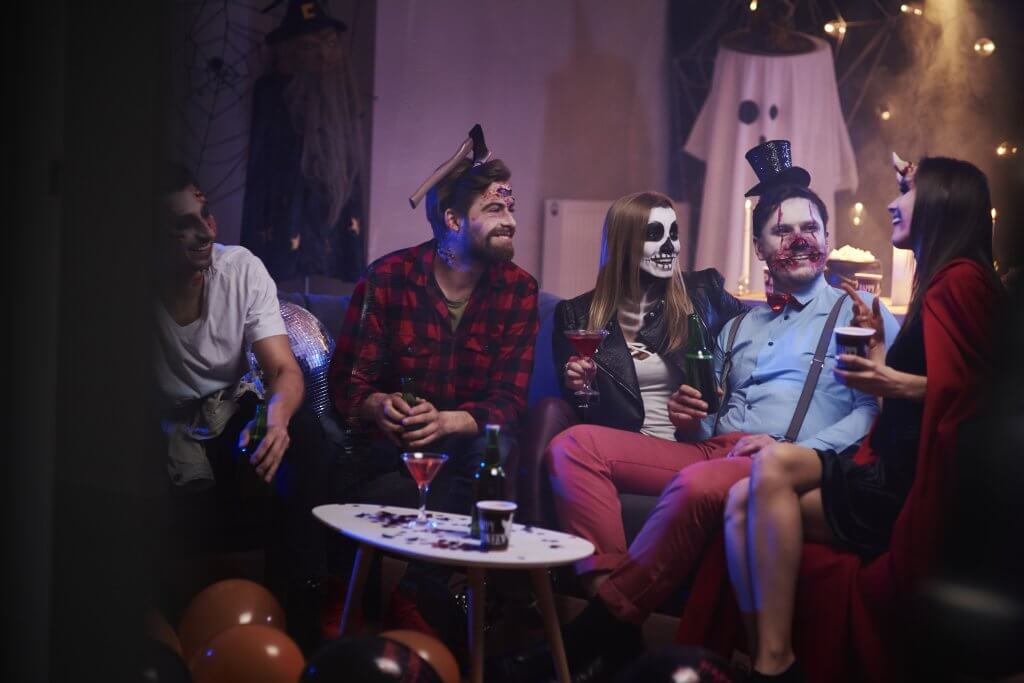
The trick is to enjoy the holiday while treating others with respect.
Halloween is a celebration of imagination, transformation, and playful fear. It’s a time when people of all ages dress up, decorate, and share spooky stories inviting us to step into someone else’s shoes for a night. But as we embrace the thrill of make-believe, it’s worth pausing to ask: Are our costumes and characters creativity or is it unintentionally reinforcing harmful stereotypes, especially about mental illness?
A history of fear and fantasy

Halloween’s roots trace back to ancient Celtic traditions, where people wore masks and costumes to ward off spirits and explain the unknown.
Over time, these customs evolved into the modern celebration we know today; filled with costumes, haunted houses, horror films, and eerie decorations. Many of the symbols we associate with Halloween—ghosts, witches, and “mad” characters—stem from historical attempts to explain behaviors that were misunderstood or misdiagnosed, often linked to mental or physical illness.
We’ve come a long way in understanding more about mental health and mental illness. Still, some Halloween imagery still echoes outdated ideas, especially when costumes or haunted house themes depict psychiatric conditions as frightening or violent.
The thin line between fantasy and stigma
It’s important to acknowledge that not every costume or character is intended to mock or stigmatize.
Cultural icons like Hannibal Lecter or horror tropes involving straightjackets have become detached from their real-world origins for many people. For some, these images are just part of the genre, not a commentary on mental illness.
But for others, especially those living with conditions like schizophrenia, bipolar disorder, or PTSD, these portrayals can feel personal and painful. They may reinforce the false belief that people with mental illness are dangerous or unpredictable, when, in reality, they are more often vulnerable and in need of support.
How to celebrate with compassion
This isn’t about policing fun or calling for boycotts. It’s about being thoughtful. Just as we’ve learned to reconsider costumes that perpetuate racial or cultural stereotypes, we can also reflect on how we represent mental health.

We can still celebrate the strange, the spooky, the imaginative — without reinforcing stereotypes. Here’s what that might look like:
- Avoid costumes that caricature mental illness or use terms like “psycho” or “crazy.”
- Consider the impact of asylum-themed haunted houses or decorations.
- Talk openly about mental health and mental illness. Challenge myths when they arise.
- Support people with lived experience by listening to their perspectives.
Let’s ghost the stigma 👻
It’s also important to recognize that not everyone with mental illness feels the same way.
Some may roll their eyes at problematic costumes but not feel deeply offended. Others may feel hurt or triggered. And some may feel excluded from advocacy efforts that focus only on “acceptable” or “successful” forms of mental illness.
Mental health advocacy should include everyone, even those whose symptoms are misunderstood or feared. That means moving beyond respectability politics and embracing the full humanity of people with all kinds of mental health experiences.
When we choose empathy over stereotypes, we make space for everyone to enjoy the season. Because the real horror isn’t mental illness. It’s the way society often treats those who live with it.